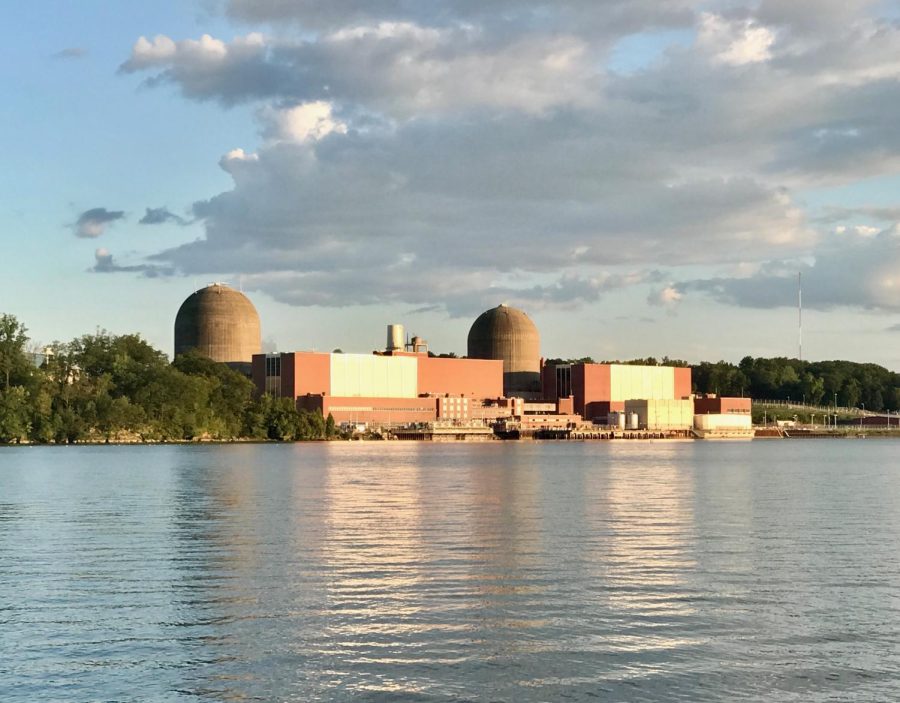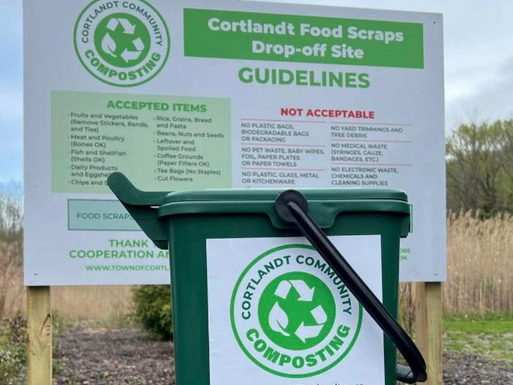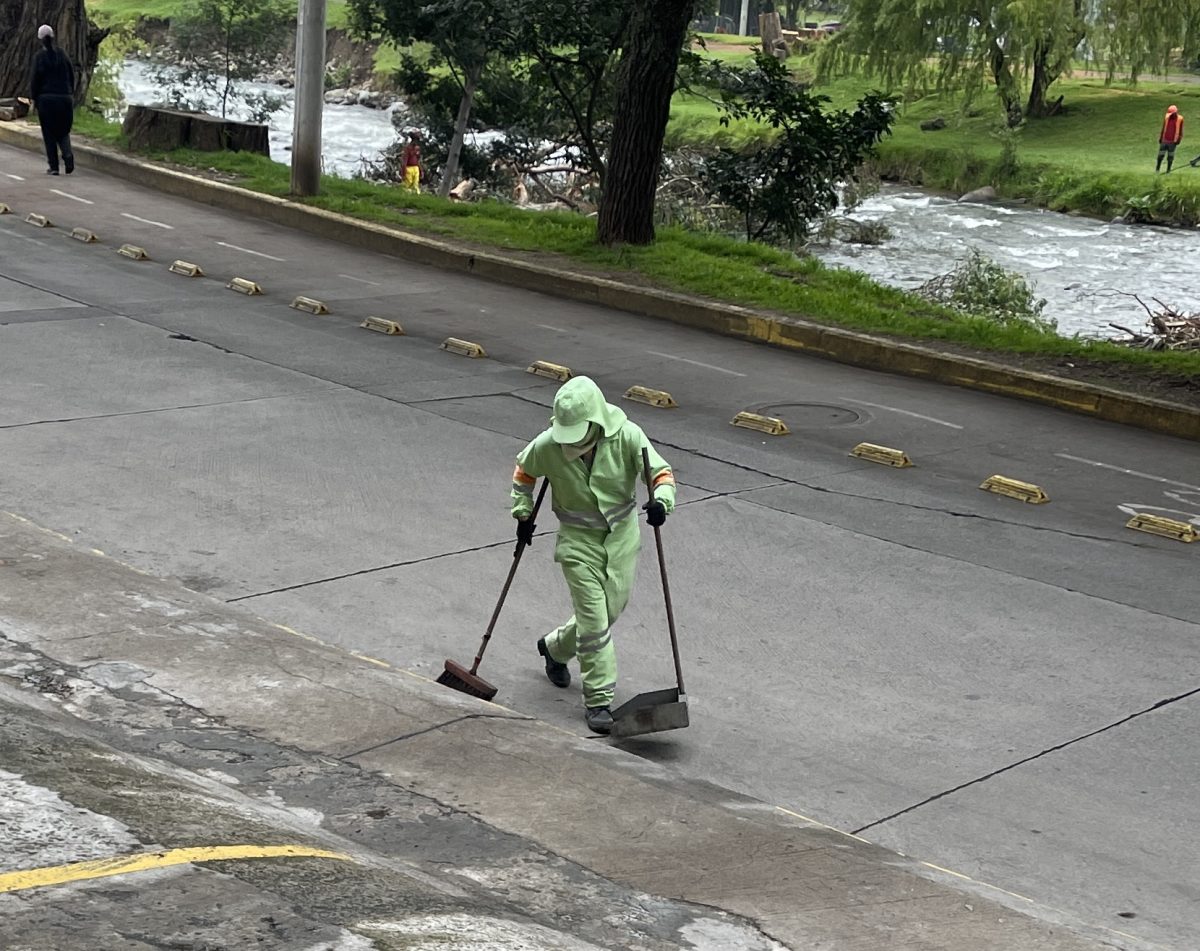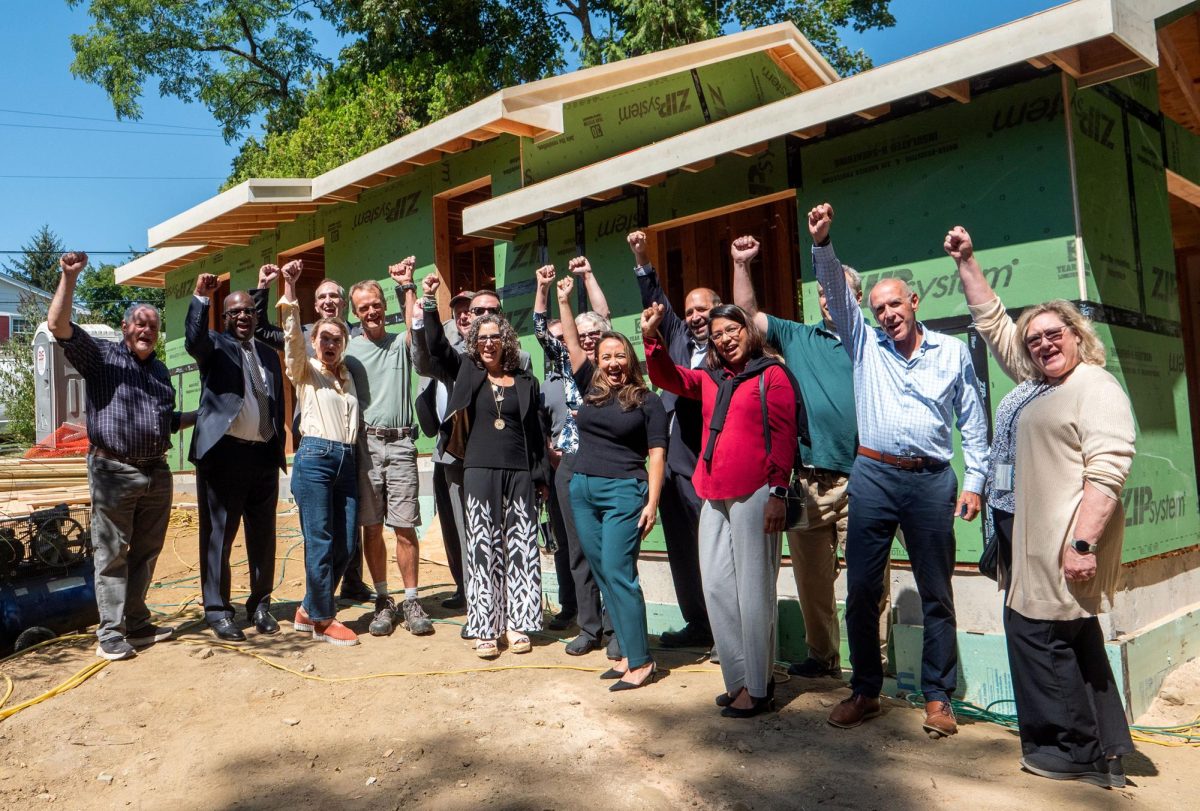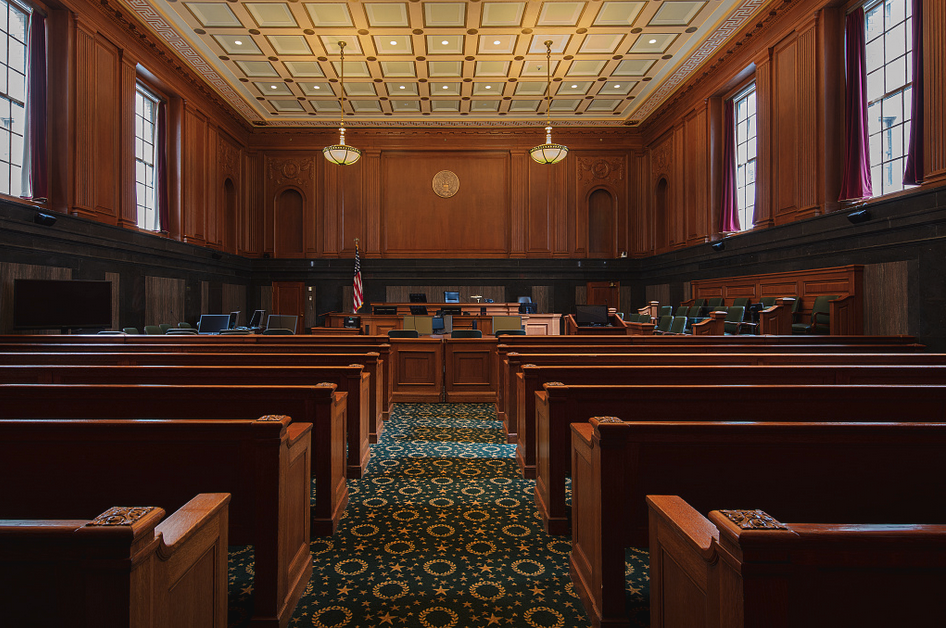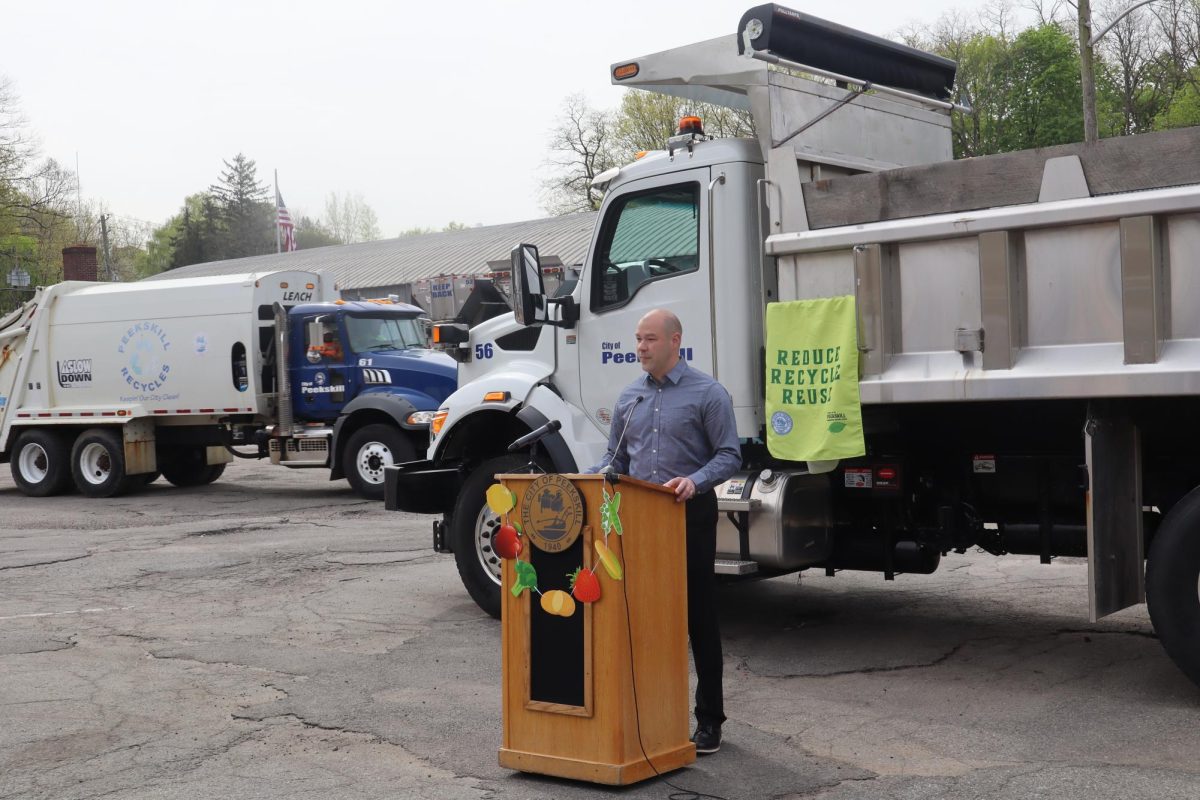Editor’s Note: This story, reported and written by Eric Harvey, was made possible by funding provided by New York Community Trust – Westchester.
Indian Point was shut down in 2021 but recent legislation sponsored by six Republican state senators seeks to reopen the defunct energy center.
If passed, the bill would create a commission to reopen the center, as well as conduct a feasibility study on nuclear modular reactors. But how feasible would such a plan be with a dismantling well underway?
A spokesperson for Holtec International, the company tasked with the decommissioning process, said while it is not completely impossible it would require a lot of work.
“As part of the decommissioning process, reactor vessel internals segmentation has begun on both units two and three,” Patrick O’Brien told the Herald. “So we are into that process, which does make it a little bit more challenging.”
O’Brien said that part of the legislation came about as a result of Holtec working to restart the Palisades Nuclear Generating System in Michigan which shut down in 2022.
Meanwhile another energy company announced last week they have signed a power purchase agreement with Microsoft to reopen the Three Mile Island nuclear plant, the site of what was dubbed as the worst commercial nuclear accident in the U.S. in 1979. That Pennsylvania plant is seeking to repower a reactor not involved in the accident to power Microsoft’s data centers in 2028 .
As for Palisades it is seeking to open in late 2025. If successful, it would be the first restarted nuclear plant in U.S. history.

However, unlike Indian Point, the Michigan power plant did not already have its reactors dismantled.
“That plant had shut down later than Indian Point units two and three and really was held in a condition that allowed us to consider a restart really based on interactions with the governor of Michigan pretty early on,” O’Brien said.
Indian Point could reuse materials and other components, but would need to craft new internals to use the current vessels, O’Brien said. He also said they could potentially use what they have to put small modular reactors inside of the containment buildings.
The bill’s prime sponsor Thomas O’Mara does not represent Buchanan, where the center is located, but rather several counties across Southern Tier and Finger Lake regions, Yates counties and a portion of Allegany County. O’Mara did not respond for a comment at press time.
In a weekly column earlier this month O’Mara critiqued the state’s handling of its energy future and alongside other Republicans laid out a set of proposals seeking to ensure a diverse energy portfolio with affordable and accessible energy options.
One of those proposals included the reopening of Indian Point, which reportedly killed billions of fish eggs and larvae annually. But that shuttering by former Gov. Andrew Cuomo was not without its toll on the environment, O’Mara said.
“The closure of Indian Point caused an increase in greenhouse gas emissions in excess of 40 percent in the New York City metro region due to increased uses of peaker plants,” he wrote.
Under O’Mara’s bill, renewable energy sources would include solar, wind, plant and forest products, wastes, tidal, hydro, geothermal, deuterium, nuclear power technologies, renewable natural gas, biofuels and hydrogen.
Holtec said they are open to further conversations if reopening the center was something the state deemed of interest, but when it comes to state Sen. Peter Harckham the answer is no.
Harckham said that it was his understanding from the terms of the shutdown agreement that all involved governmental entities, state and local, must agree on whether to reopen the center. Those parties include the Village of Buchanan, the town of Cortlandt, Westchester County, New York State and the Hendrick Hudson School District.

“There is no such consensus,” Harckham said. “What there is consensus on is successfully completing the decommissioning process and transitioning the site to a new, economically viable use. We are having real conversations about environmental remediation and economic development in the community. New Yorkers do not have time for nuclear used-car salesmen.”
However, the legislation was not without its support from some community members. Frank Hogan, a registered Democrat and former electrical engineer living in Peekskill, told the Herald he would love to see the center reopen with smaller nuclear facilities.
“It won’t happen in my lifetime, but there’s a possibility, especially since all the gear is still there to tie in an electrical system,” said Hogan who said his first job out of college was working on Apollo 11 for North American Aviation. “They still have the infrastructure right outside to electrify the whole place and there’s no reason why they can’t. As a matter of fact, it would be more cost effective to reopen that plant then to not.”
Another supporter of the legislation was a former security guard at the defunct plant who told the Herald it would be a good thing to reopen the plant for tax and fossil fuel purposes.
“It’s the cleanest energy there is,” said the guard who asked not to be named. “But people don’t realize that. They get scared when they hear “nuclear.” They get scared because of Chernobyl and that is not the case anywhere in America with nuclear power plants. They’re probably one of the safest places around that you could work and energy wise.”
Status of Decommissioning
The decommissioning of Indian Point was originally targeted for 2033 but delayed to 2041. The Herald previously reported that Holtec claimed this delay was caused by state legislation passed last year that bans dumping 1.3 million gallons of treated wastewater with traces of radioactive tritium into the Hudson River.
“Last year’s passage at the state level really slowed down the project,” O’Brien said. “It’s backed on about eight years to our projected time schedule because of our ability to or lack thereof to remove, treat and remove the water that would allow us to take down the majority of the buildings onsite.”
In response to the passage of the state law, Holtec filed a lawsuit challenging the prohibition on releasing the water into the Hudson River. According to O’Brien he anticipates that lawsuit to take a few years to get through the federal court.
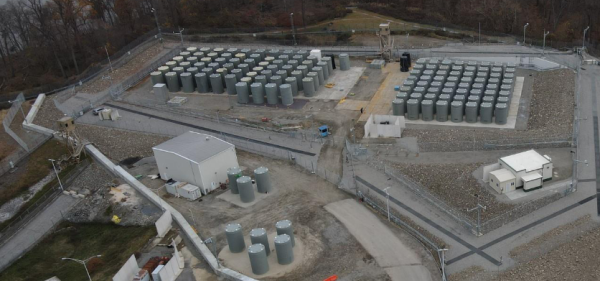
In the meantime, wastewater is stored in the process buildings in the former spent fuel pool inside the reactor cavity and other tanks on site. In the prior 60 years, wastewater that was treated and released had levels of detection of 1/40 of what the EPA drinking water limit is for tritium, O’Brien said.
“So you have very, very, very clean clear water that has a low level residual tritium in it,” O’Brien said. “But tritium is something that is not just produced in reactors. It’s something that comes down from the cosmos and is found pretty much everywhere on Earth.”
The New York State Department of Environmental Conversation recently held a public comment hearing on Sept. 17 where they proposed new regulations for decommissioning of radioactive sites that would limit the amount of radioactive contaminants allowed to be left after a site is cleaned up. These regulations aim to bring the state regulations in congruity with the Nuclear Regulatory Commission who require decommissioned facilities to leave a site with as little radioactive material as reasonably achievable.
Harckham and Assemblymember Dana Levenberg sent a letter to the DEC last Friday, saying the public hearing saw limited public participation and called for them to extend the public comment period by 30 days. The period for written comment regarding the proposal is being accepted until today, Sept. 24.
In a press release today, both legislators wrote that extra time would “enable stakeholders to thoroughly review the material and provide meaningful input.” Both Harckham and Levenberg said constituents contacted their offices expressing surprise and frustration at not learning of the public comment period until it had passed already.
“On matters of great importance, especially when relating to acceptable amounts of radioactivity in the environment, residents want to be heard,” Harckham stated. “The DEC must ensure the utmost possible public participation during its decision-making process in order to bolster confidence in its administration of regulatory oversight and protections. In this case, a longer period of public comment would help dispel fears that the decision making was taking place ‘in the dark.’”
The decommissioning process remains on target and is still under budget, O’Brien said. Reactor vessel internals at the site are continuing to be cut up, packaged, and readied for offsite shipments. The company is also working through cleaning up and removing low level radioactive waste and shipping it to an offsite disposal facility in Texas, he said.
As for spent fuel rods stored on site, the long-term solution to transporting them isn’t so clear. Following waste policy in 1983 the federal government was required to start picking up fuel and have a permanent repository beginning in 1998, O’Brien said, but they’ve been in breach of that for 26 years.
“The (Department of Energy) has started some process of citing interim storage. They’re working through probably a 10-to-15-year plan to identify communities that would be willing to host interim fuel storage,” O’Brien said. “But until that point comes to fruition really the fuel is going to stay on every site that’s ever-produced power. And it’s safe in those casks, those casks are 360,000 pounds of steel and concrete that protect the public and the workforce obviously from any radioactive release.”
The Indian Point Decommissioning Oversight Board’s next meeting is on Thursday, Dec. 5.
This story was updated at 4 p.m. to include new information from Senator Harckham and Assemblywoman Levenberg regarding the comment period the state Department of Environmental Conservation was seeking regarding new regulations about the decommissioning of radioactive sites.


